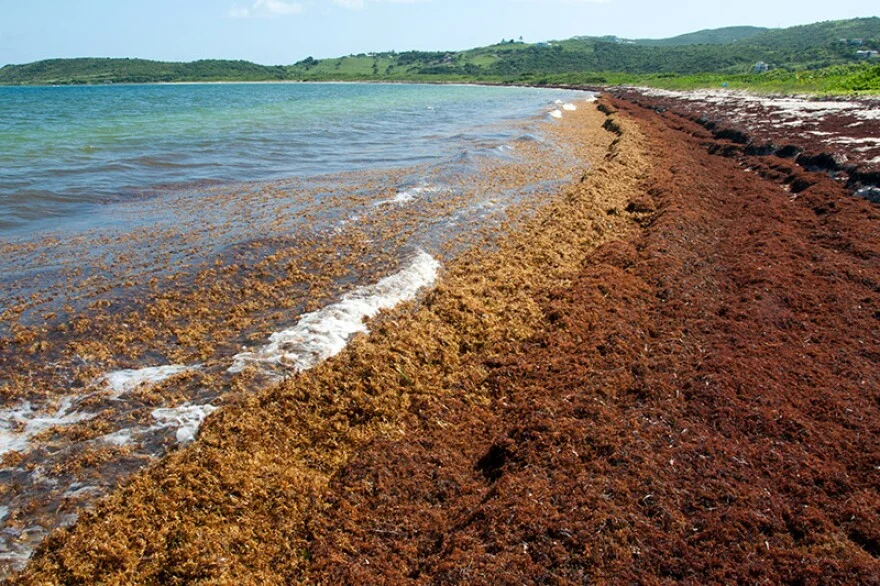
Research Reveals Possible Cause Behind Sargassum Blooms on Florida Beaches
Recent scientific research has shed light on the alarming increase of sargassum blooms along Florida's beaches, a phenomenon that has been causing significant environmental and economic concerns. According to a study published in the journal Nature, the surge in sargassum seaweed is likely linked to nutrient runoff from the Amazon River, which has been exacerbated by deforestation and agricultural practices in the region.
The study, conducted by a team of marine biologists and environmental scientists, analyzed satellite data and oceanographic measurements over the past decade. They found that the increase in nitrogen and phosphorus from the Amazon's nutrient-rich waters has created an ideal environment for the rapid growth of sargassum. This seaweed, while naturally occurring, has reached unprecedented levels, forming massive blooms that wash ashore on Florida's coastlines.
The consequences of these blooms are multifaceted. They not only pose a threat to marine life by depleting oxygen levels in the water but also impact tourism, a vital part of Florida's economy. The decomposing seaweed emits a foul odor, deterring tourists and causing beaches to close temporarily for cleanup operations.
Local authorities and environmental groups are calling for immediate action to address the root causes of the problem. This includes implementing stricter regulations on agricultural runoff and promoting sustainable land use practices in the Amazon basin. The research provides a critical starting point for policymakers and stakeholders to develop strategies to mitigate the impact of sargassum blooms and protect Florida's coastal ecosystems.
